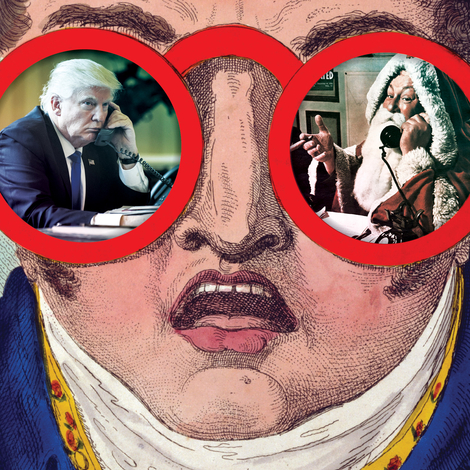Fictional spies wear scents to stand out. In Ian Fleming’s novels, it’s implied that James Bond wears Floris No. 89—woody, spicy, and quintessentially English. A Bond girl attempting to seduce him wears little more than a smile and Chanel No. 5. The villain Emilio Largo wears Elsa Schiaparelli’s Snuff, a musky, green scent that he dabs debonairly on a handkerchief he tucks into his sharkskin jacket.
While researching Book and Dagger, my history of unconventional spycraft during World War II, I was surprised to learn that, in real life, spies in Britain’s Special Operations Executive wore scents to blend in. When agents went abroad for undercover missions, everything about them—from their clothes and soap to the type of powder they used to brush their teeth—had to match their alias. An unfamiliar smell could be the one incongruous detail that made a local police officer take notice.

In Germany, a British spy might have worn a touch of ersatz perfume, or, more likely, none at all. Hitler detested cosmetics, as did the Nazi Party. Sometimes, Nazis went up to women wearing lipstick in public and forcefully wiped it off their faces. Meanwhile, the great perfume houses of Paris strove to stay open during the war, even though rationing forced them to find new ingredients. Their clients became German officials and French people who sold luxury goods on the black market.
Many perfume houses were connected to spycraft. Coco Chanel had an affair with a German spy and served as a spy for the Nazis. (The Wertheimer family, which had co-owned her company since 1924 and helped make it a success, was Jewish.) After the liberation of Paris, Chanel gave American soldiers bottles of Chanel No. 5.
Catherine Dior—Christian Dior’s sister, for whom the scent Miss Dior is named—was a member of the French Resistance and traveled around by bicycle to deliver secret messages. In 1944, she was arrested by the Gestapo, who tortured her for information. She was sent to a concentration camp, which she survived. Schiaparelli was investigated by both the Axis and the Allies, each suspecting her of spying for the other side. (It remains unknown whether she spied for either.)
During the war, many French perfume houses—including the house of Bourjois, which made the best-selling scent Evening in Paris—moved their production to New York. Americans favored perfumes that invoked the magic of unattainable France. For Europeans, it was the other way around. In 1944, a U.S.O. entertainer in France told an American journalist, “You can get Chanel No. 5 for three packages of cigarettes.”
Despite what the Bond stories suggest, female spies weren’t asked to seduce their targets—but they were asked to fabricate secret dalliances as a means of excusing odd behavior. An undercover agent needed to have two types of covers at once: general cover, or the pretense that they were an ordinary woman, not a spy, and particular cover, or a reason for doing something odd. A woman walking around late and alone could say she was returning from a night with a secret lover. Spraying perfume on her lingerie—which women were advised to do during wartime rationing so it would last longer—bolstered this excuse.
When writing secret letters to their contacts, spies covered their tracks with stories of torrid affairs. They would write a love letter—sprayed with perfume—in regular ink atop a covert letter, written in invisible ink. They also used perfume bottles to hold invisible ink to give to their contacts.

The end of the war popularized sex appeal, in perfume and fashion alike. The slim pre-war silhouette, which was maintained to save fabric, gave way to the voluptuous curves of the New Look, with cinched waists, wide skirts, and padded busts. Ads for perfumes—from So Gaie to Black Satin to Entre Nous—described scents as flirtatious, tempestuous, rich, and elegant, all that had been missing during wartime austerity. Woody best-sellers of the 30s, such as Evening in Paris, were replaced by spicy, boozy, or musky perfumes, like Lanvin’s My Sin, Dana’s Tabu, and Schiaparelli’s Shocking, which came in a bottle shaped like actress Mae West’s torso. The bottle of Robert Piguet’s Fracas, released in 1948, was reportedly designed to look like a woman’s undergarments.
We usually think of scents as having the power to revive our favorite memories, but we rarely think of their power to deceive or to remake the wearer. Perfume can throw someone off the scent.
Elyse Graham is an English professor at Stony Brook University and the author of several books, including The Republic of Games

